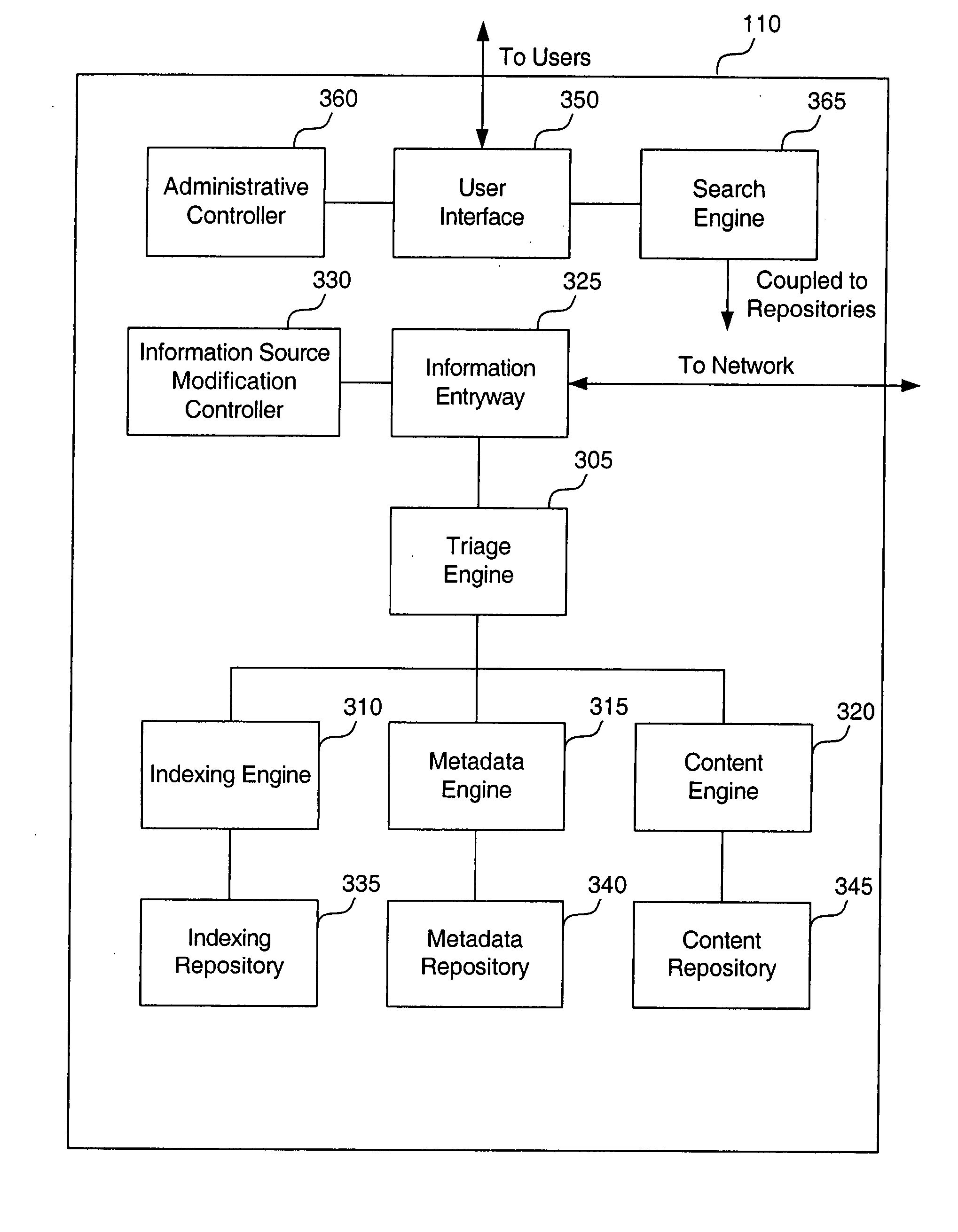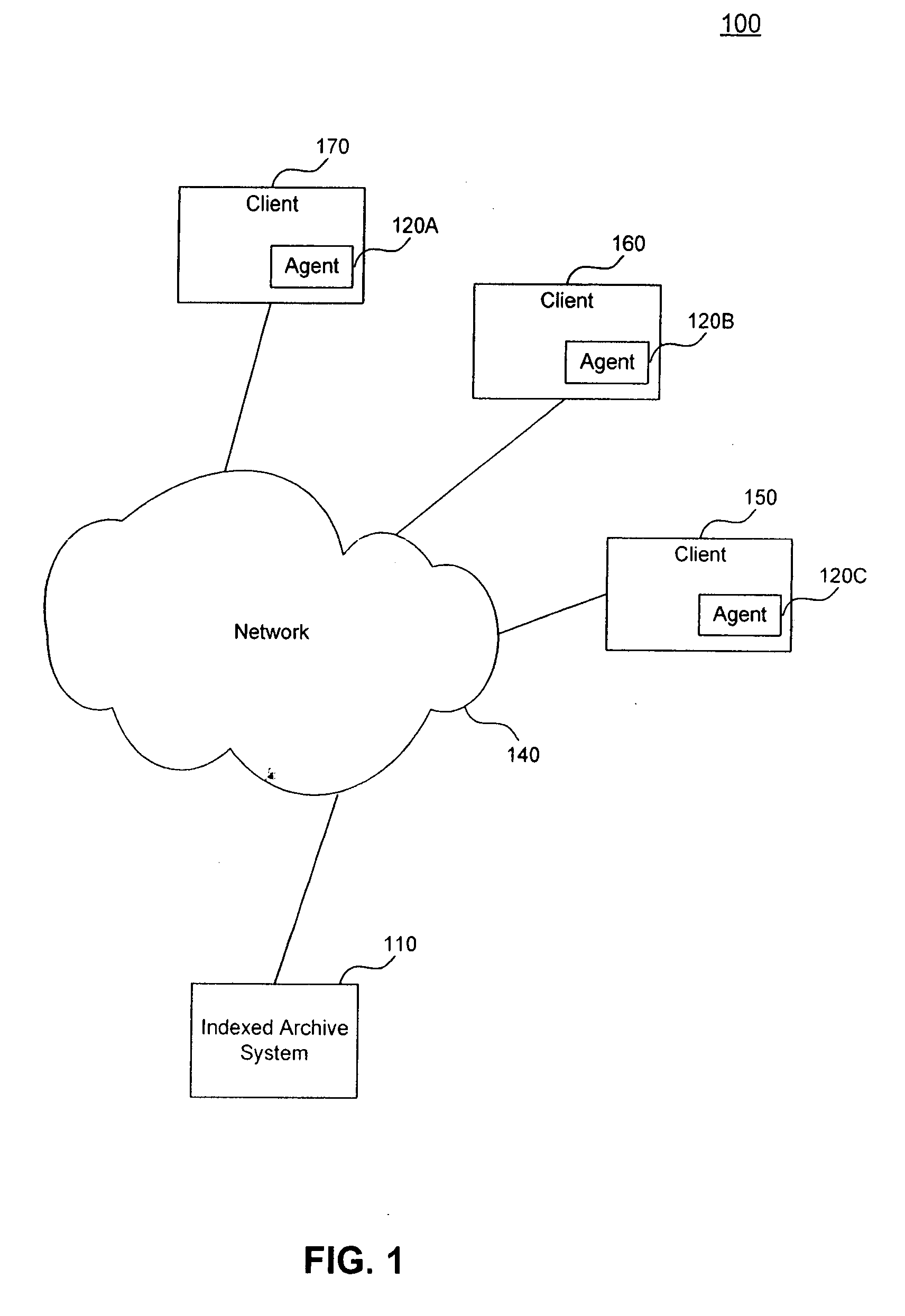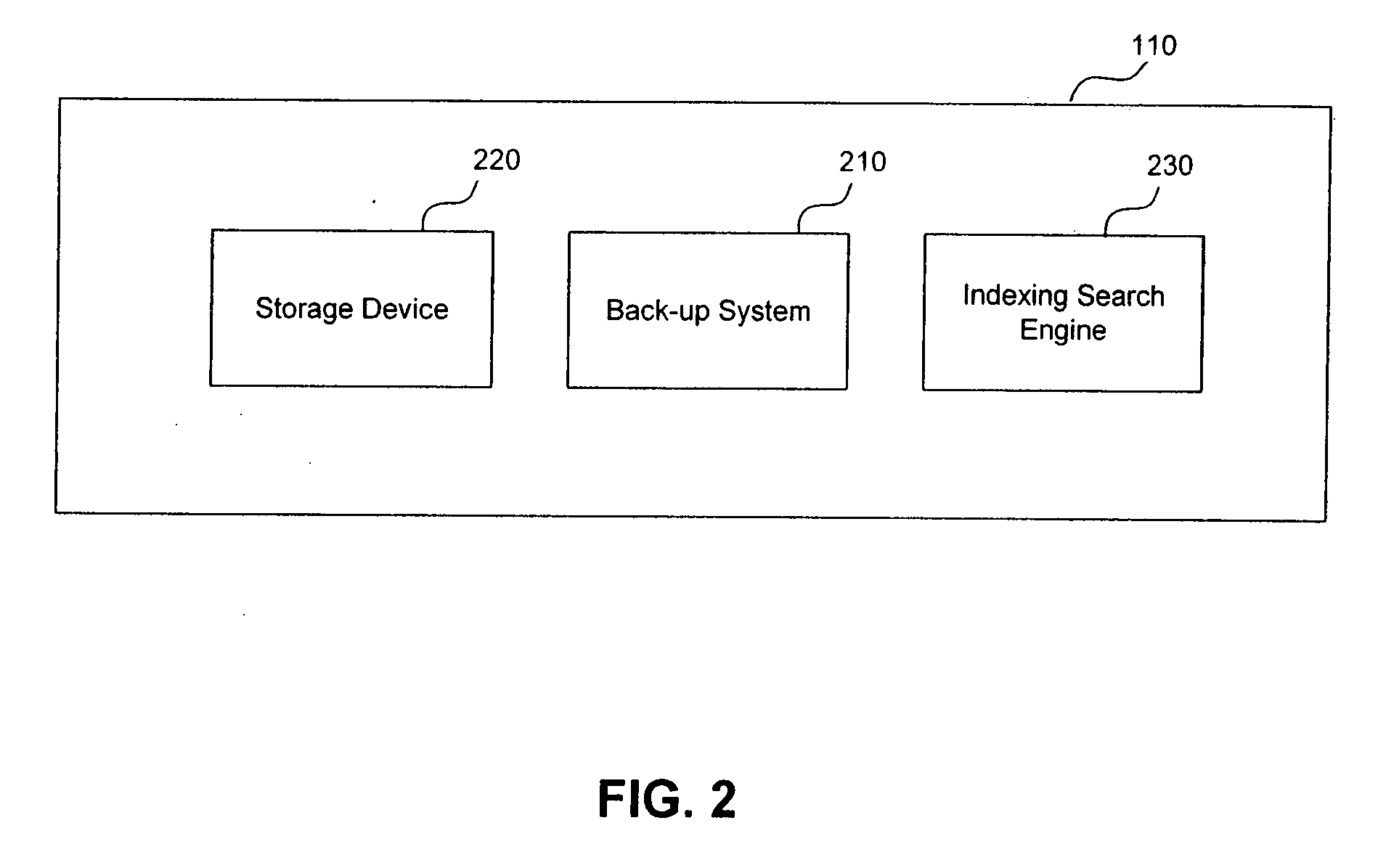Data management systems and methods for distributed data storage and management using content signatures
a data management system and content signature technology, applied in the field of can solve the problems of difficult accessing or retrieving files stored in a back-up system, significant challenge in distributed content storage and management, and in some cases, practically impossible, no one will noti
- Summary
- Abstract
- Description
- Claims
- Application Information
AI Technical Summary
Benefits of technology
Problems solved by technology
Method used
Image
Examples
Embodiment Construction
[0051] While the invention is described herein with reference to illustrative embodiments for particular applications, it should be understood that the invention is not limited thereto. Those skilled in the art with access to the teachings provided herein will recognize additional modifications, applications, and embodiments within the scope thereof and additional fields in which the invention would be of significant utility.
[0052]FIG. 1 illustrates distributed storage and content management system 100, according to an embodiment of the invention. Distributed storage and content management system 100 includes information source clients 150, 160 and 170 coupled together through network 140. A local area network, a wide area network, or the Internet are examples of this arrangement of information source clients and network. Furthermore, network 140 could be a combination of networks, and the number of information source clients could range from one to more than tens of millions. Most...
PUM
 Login to View More
Login to View More Abstract
Description
Claims
Application Information
 Login to View More
Login to View More - R&D
- Intellectual Property
- Life Sciences
- Materials
- Tech Scout
- Unparalleled Data Quality
- Higher Quality Content
- 60% Fewer Hallucinations
Browse by: Latest US Patents, China's latest patents, Technical Efficacy Thesaurus, Application Domain, Technology Topic, Popular Technical Reports.
© 2025 PatSnap. All rights reserved.Legal|Privacy policy|Modern Slavery Act Transparency Statement|Sitemap|About US| Contact US: help@patsnap.com



